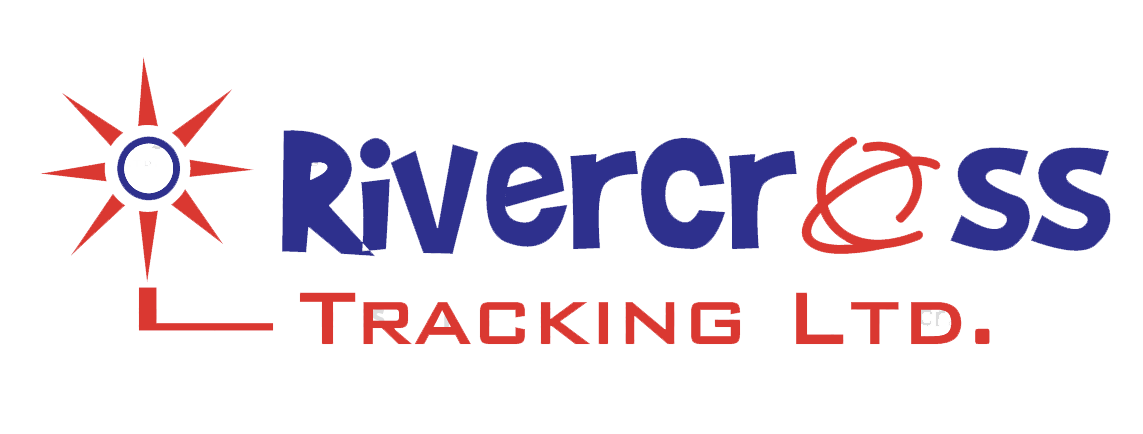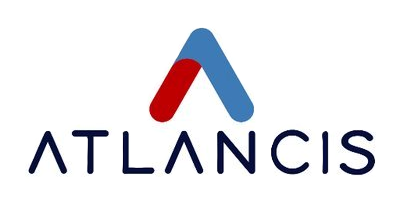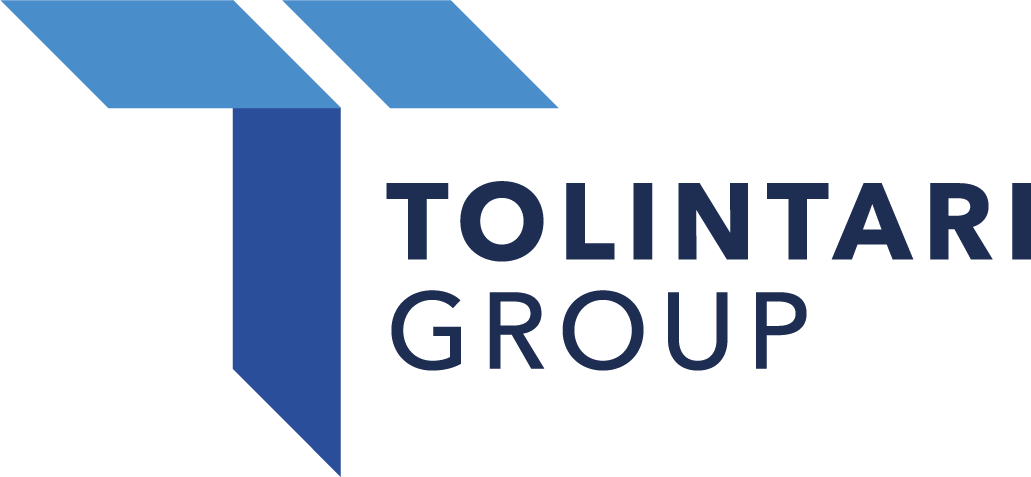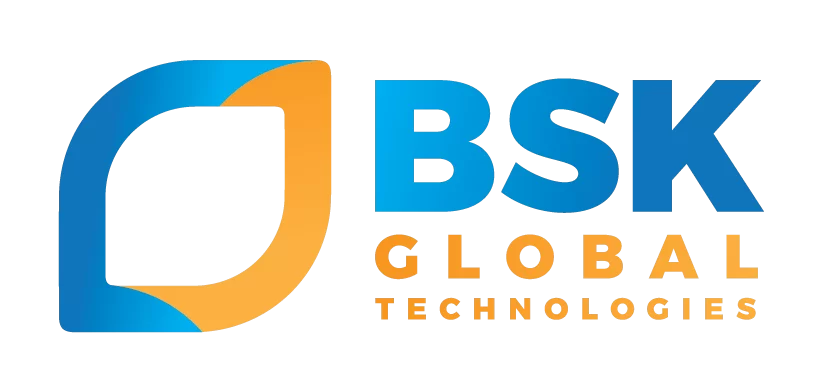Why People-First Adoption Drives Long-Term Digital Transformation
Digital transformation isn’t just about new tools. It’s about empowering people to adopt change meaningfully.
By Supplymate Editorial

The Mirage of Software-First Thinking
Let’s be honest. A shiny new tool won’t fix a broken process. But time and again, companies pour budgets into platforms, CRMs, or automation stacks hoping for a magic turnaround. The real issue? The people expected to use the tools aren’t involved until the last minute.
Digital transformation isn’t a software upgrade — it’s a human one. Yet too many rollouts fail because they ignore the one thing that drives adoption: belief.
“People don’t resist change. They resist being changed.”
– Peter Senge
What People-First Really Means
People-first doesn’t mean endless meetings or soft approaches. It means designing change around the actual human experience.
Instead of starting with “What can this tech do?”, ask, “What do our people need to succeed?”
That might mean:
- Including non-technical staff in tool selection
- Mapping pain points before building solutions
- Creating champions within each department
- Providing psychological safety for trial and error
This isn’t fluff. It’s survival.
A Tale of Two Rollouts
Imagine this.
Company A rolls out a new internal dashboard. The IT department spent three months building it. When staff log in, they’re confused, and training feels like a chore. Six months later, nobody uses it — not even the managers who requested it.
Company B, on the other hand, starts by shadowing employees. They identify small friction points, involve frontline staff in design workshops, and beta test every feature. Adoption is gradual but natural. By month four, the tool feels like second nature.
Same goal. Different outcome. The difference is not in the software — it’s in the process.
The ROI of Respect
When you treat adoption like a marketing campaign — listening, storytelling, inviting — the results speak for themselves.
What you gain:
- Faster user buy-in
- Less resistance to change
- Better feedback loops
- Stronger data quality (because people actually use the system)
- A culture that’s ready for future shifts
Why Change is Emotional
We forget this too often. Change is emotional before it’s rational.
Tech changes workflows. Workflows affect habits. Habits are tied to identity.
If someone feels like the new system threatens their job, or makes them feel stupid, you’ve already lost — no matter how “intuitive” the UX is.
People-first transformation acknowledges this and builds around it:
- Communicate early and often
- Acknowledge fears
- Celebrate small wins
- Train with empathy, not judgment
Beyond the Launch
People-first adoption doesn’t end with rollout. It’s a continuous loop of listening, improving, and re-onboarding. As staff evolve, the tools and workflows must follow suit.
A successful transformation feels alive — constantly shaped by its users, not locked in a launch deck from two years ago.
Final Word
Digital transformation is not a finish line. It’s a journey of adaptation.
And like every journey worth taking, the most important decision is who you bring along. When you build with people, not just for them, you don’t just get adoption — you get advocacy.
That’s how change lasts.
You might also like
Get the latest updates
Subscribe to our newsletter for fresh content
We’ll never share your email. Unsubscribe at any time.
Clients & Strategic Partners
Some Of Our Happy Clients






Our Learning Impact
3,000
Learners Trained
200
Training Sessions
Transforming teams across East Africa
Empower Your Teams. Drive Real Change.
Our training and enablement programs are built around how your people work — not just theory. Let’s help you turn potential into performance.


